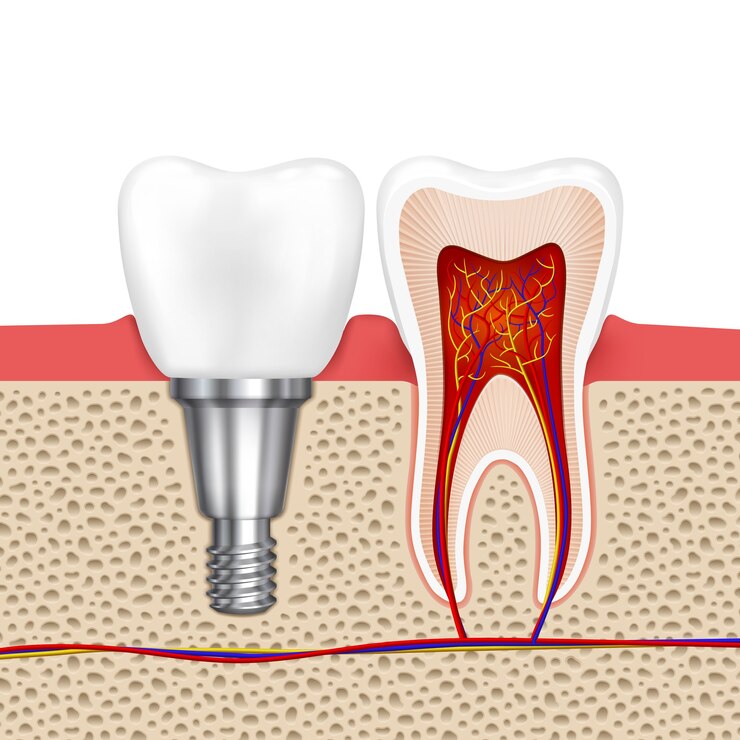Root Canal Treatment (RCT)

Procedures

Damage Assessment
We perform a comprehensive tooth exam using digital x-rays and clinical checks to assess the level of infection.

Accessing Inner Tooth
We locally numb the tooth & create an access opening through the top of tooth to reach root canals & nerve tissue.

Cleaning & Shaping
Using specialized tiny instruments, we thoroughly clean, shape, and enlarge root canals to remove all infected nerve tissue.

Disinfection
We disinfect the inner tooth space with antiseptic solutions to sterilize it for infection control.

Obturation
We carefully seal the cleaned out root canal spaces with an impervious rubber-like filling material called gutta-percha.

Restoration
We place a permanent durable filling or crown on top to protect and reinforce the tooth’s full form and function.
FAQs
Complete healing of a tooth after a Root Canal Treatment (RCT) may takes days to a week depending in several factors. Most people will find relief from the pain on the same day, while continuing with the post-treatment procedures.
Most people find relief from the initial pain or discomfort within a few days to a week after the RCT. Complete healing of the tooth and surrounding tissues typically takes several weeks to a few months. It’s essential to follow your dentist’s post-operative instructions and attend any follow-up appointments to ensure proper healing.

